Wilt L. Idema - The Resurrected Skeleton: From Zhuangzi to Lu Xun
Here you can read online Wilt L. Idema - The Resurrected Skeleton: From Zhuangzi to Lu Xun full text of the book (entire story) in english for free. Download pdf and epub, get meaning, cover and reviews about this ebook. year: 2014, publisher: Columbia University Press, genre: Religion. Description of the work, (preface) as well as reviews are available. Best literature library LitArk.com created for fans of good reading and offers a wide selection of genres:
Romance novel
Science fiction
Adventure
Detective
Science
History
Home and family
Prose
Art
Politics
Computer
Non-fiction
Religion
Business
Children
Humor
Choose a favorite category and find really read worthwhile books. Enjoy immersion in the world of imagination, feel the emotions of the characters or learn something new for yourself, make an fascinating discovery.
- Book:The Resurrected Skeleton: From Zhuangzi to Lu Xun
- Author:
- Publisher:Columbia University Press
- Genre:
- Year:2014
- Rating:4 / 5
- Favourites:Add to favourites
- Your mark:
The Resurrected Skeleton: From Zhuangzi to Lu Xun: summary, description and annotation
We offer to read an annotation, description, summary or preface (depends on what the author of the book "The Resurrected Skeleton: From Zhuangzi to Lu Xun" wrote himself). If you haven't found the necessary information about the book — write in the comments, we will try to find it.
The early Chinese text Master Zhuang (Zhuangzi) is well known for its relativistic philosophy and colorful anecdotes. In the work, Zhuang Zhou ca. 300 B.C.E.) dreams that he is a butterfly and wonders, upon awaking, if he in fact dreamed that he was a butterfly or if the butterfly is now dreaming that it is Zhuang Zhou. The text also recounts Master Zhuangs encounter with a skull, which praises the pleasures of death over the toil of living. This anecdote became popular with Chinese poets of the second and third century C.E. and found renewed significance with the founders of Quanzhen Daoism in the twelfth century.
The Quanzhen masters transformed the skull into a skeleton and treated the object as a metonym for death and a symbol of the refusal of enlightenment. Later preachers made further revisions, adding Master Zhuangs resurrection of the skeleton, a series of accusations made by the skeleton against the philosopher, and the enlightenment of the magistrate who judges their case. The legend of the skeleton was widely popular throughout the Ming dynasty (13681644), and the fiction writer Lu Xun (18811936) reimagined it in the modern era. The first book in English to trace the development of the legend and its relationship to centuries of change in Chinese philosophy and culture, The Resurrected Skeleton translates and contextualizes the storys major adaptations and draws parallels with the Muslim legend of Jesuss encounter with a skull and the European tradition of the Dance of Death. Translated works include versions of the legend in the form of popular ballads and plays, together with Lu Xuns short story of the 1930s, underlining the continuity between traditional and modern Chinese culture.
Wilt L. Idema: author's other books
Who wrote The Resurrected Skeleton: From Zhuangzi to Lu Xun? Find out the surname, the name of the author of the book and a list of all author's works by series.

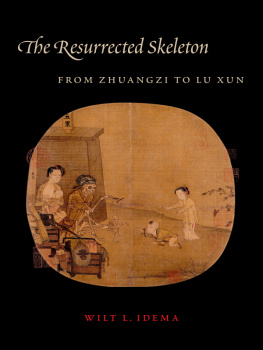

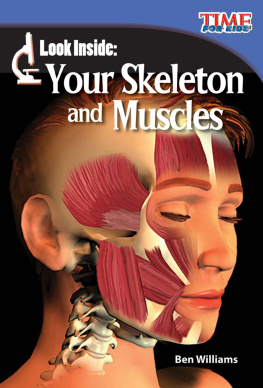
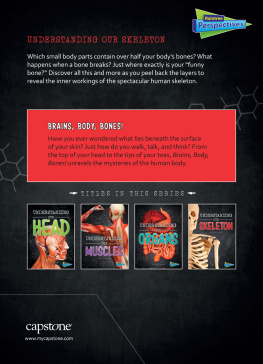
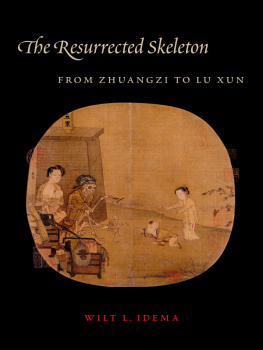
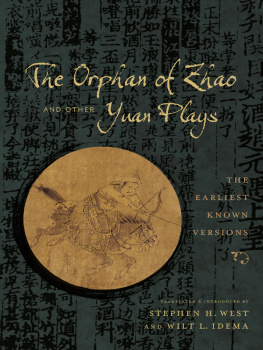
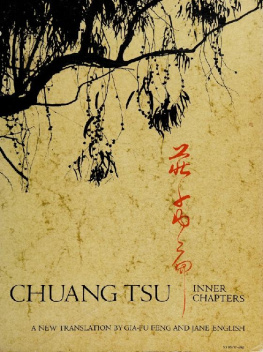
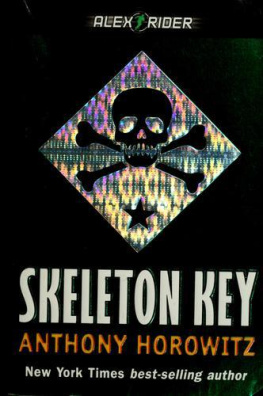
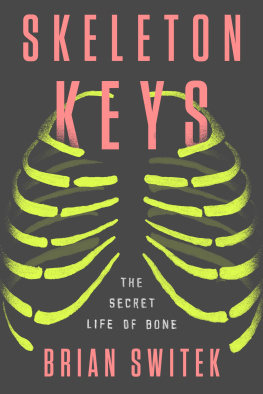
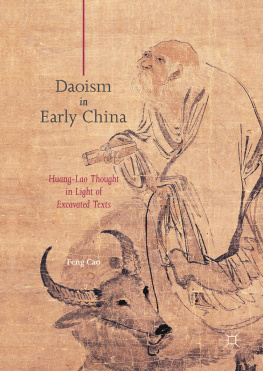
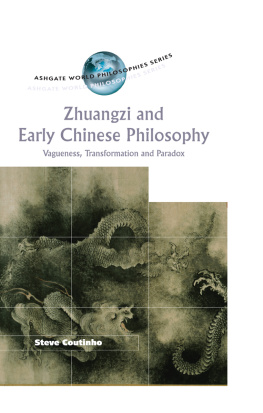
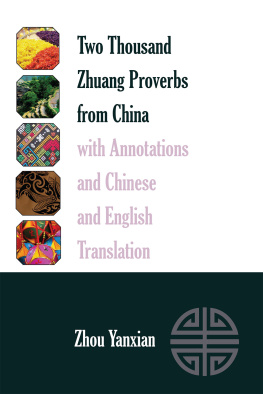
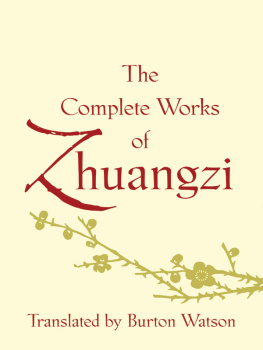
 NEW YORK
NEW YORK